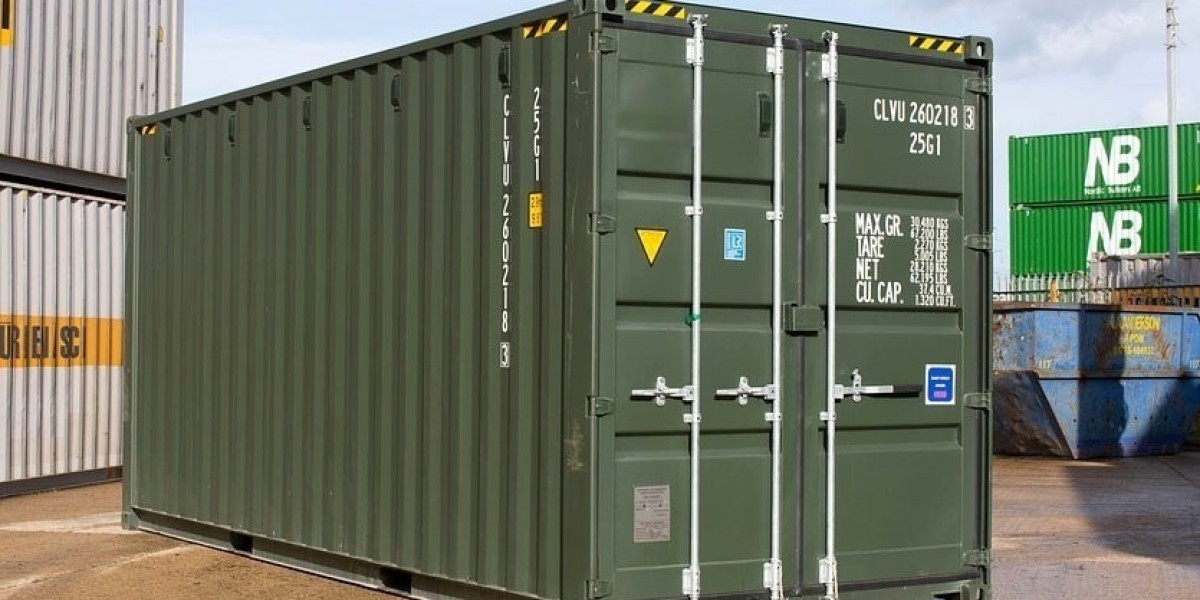 Confined areas are special environments that could pose numerous hazards. These can include oxygen deficiency and toxic atmospheres, hazardous physical hazards and flammable atmospheres.
Confined areas are special environments that could pose numerous hazards. These can include oxygen deficiency and toxic atmospheres, hazardous physical hazards and flammable atmospheres.These restricted areas can also cause communication, accessibility, and rescue problems. The best thing to do is to avoid entering these areas unless it is absolutely essential.
Training
It is crucial that workers working in confined areas are educated to recognize hazards and take the appropriate precautions. This training is an excellent way to avoid accidents and ensure that employees can respond in the situation of an emergency. The training covers topics like entry procedures and permits. It also covers warning signs, personal responsibility air monitoring equipment and possible hazards.
Workers should be educated on basic emergency procedures that can be used in the event of a confined-space emergency. These include locking and marking the piping and assessing the quality of air for breathing, forcing ventilation, as well as making sure emergency personnel are ready.
Although this training is a great idea for employees who be in confined areas It is especially important for those who frequently enter these areas. These include attendants, entrants, and supervisors. It's also a good idea for representatives of controlling contractors, host employers, and safety managers on construction sites with restricted spaces to receive this type of training, as they'll be accountable for implementing the proper entry procedure.
The course is focused on a variety of hazards, including the lack of oxygen, toxic gases, and fires. It teaches you how to use specialized gear such as self-rescuing equipment and emphasizes the importance keeping a clear mind during emergency situations. In addition, it covers important procedures like making sure the area is safe to enter and maintaining communication with an outside attendant in a situation of confined space.
Besides the training mentioned above there is another tool that can supplement the theory of training by adding a realistic and experiential element called virtual reality. This technology provides trainees with the chance to experience the procedure of entering a space by wearing VR glasses. The trainer sets up the simulation, however the user is able to make decisions in the scenario to enter a enclosed space without risking their lives.
A mobile container is an excellent way to test conditions in small spaces. The mobile container is utilized in a wide range of industries, such as mining and energy industries. It's also used by firefighting, law enforcement and other emergency response teams to develop the ability to respond to hazardous situations.
Ventilation
Ventilation is a process that circulates air to remove harmful contaminants from confined spaces. It can be achieved in a variety of ways, but the goal is always to maintain oxygen levels at an acceptable level and keep levels of contaminants below their LEL (above their upper explosive limit). It is also essential that the air moving through the space is safe - which means it has not been exposed to harmful substances or hydrocarbon gases that could cause an explosive atmosphere.
The primary danger in confined spaces is the build-up of toxic gases or oxygen depletion. The confined spaces could be hazardous due to other hazards like biological and chemical exposure, fire dangers, the possibility of engulfment, and other physical and mechanical hazards. Before any work can be done in a confined space, a risk assessment must be conducted. This will identify the dangers and determine the control measures that are needed, including ventilation.
It is crucial to conduct a thorough inspection during the risk assessment in order to ensure the area meets the entry requirements. The inspection will include assessing the entry and exit points, as well as determining whether there are liquids or free-flowing substances that could entrap or suffocate an individual, and identifying the potential for fire hazards chemical and biological exposure to engulfment, contaminant levels and other aspects.
Once the risk assessment has been carried out after which a Confined Space Entry Permit must be obtained, along with a plan drawn up for the work to be carried out. This plan should include a specific method of ventilation for the confined space, as well as the necessary equipment to be brought into the space.
For instance in the case of an old shipping container, which has been used as an external storage area, it would need to be modified and ventilated to ensure there is sufficient airflow throughout the space.
This will involve creating an opening for the entry into the space as well as ducting to eliminate any contaminants that might be present. The ducting should be designed to allow the appropriate amount of air flow to be achieved, taking into account the size of the area as well as the type and amount of contaminants and their exposure limits. A ventilator should be chosen that can meet at least 20 air changes/hour to be efficient.
Atmosphere
Gases, vapors, and fumes in tight areas can be dangerous without adequate ventilation. Even household cleaners can release toxic fumes if they are in a small space.
Methane is a natural gas that can accumulate in confined areas due to the process of decomposition of organic matter. This toxic gas can be produced by manure pits and underground storage tanks. Furthermore, the operation of combustion-powered equipment can produce carbon monoxide.
An unsafe atmosphere can be caused by flammable liquids, gases, a suspension of combustible dust in air or an oxygen-deficient atmosphere. These types of atmospheres can cause explosion or fire, and people could die instantly. Entrants are also killed by liquids or solids that flow freely. The risk is increased when an entrant is completely engulfed in the flowing material, and is unable to escape.
People who work in confined areas should carry gas monitors that can be used to test for flammable and toxic gases, as well as oxygen levels. It is important to be aware that a contaminant can only create dangerous conditions when its concentration is higher than the TLVs for serious health effects or if it is likely to affect a worker's capacity to leave the space unaided.
When the oxygen level drops below 19.5 percent, a dangerous atmosphere can quickly become fatal. This lower level is known as an oxygen deficient atmosphere. Because contaminants like carbon monoxide and hydrogen sulfur aren't visible, it is difficult for workers identify them.
The instrument's reading must be checked at minimum once every 5 minutes to make sure that the instrument is functioning properly. A wire could break, the sensor could be loosened or a trimpot may shift. All of these can alter the reading. Electrical instruments must also be checked for continuity and voltage. Workers must wear PPE, like safety harnesses, respirators or lines of support in the event that they have to flee from a hazardous situation. A plan for rescue in an emergency should be in place and employees should be in the presence of a qualified professional.
Access
The people who enter these spaces whether in the attic, crawlspace, or small storage areas should adhere to specific safety guidelines and communicate with an attendant. The reason is that these confined spaces pose serious risks which can be made worse when the worker fails to properly prepare for the job.
Inexperience, lack of training and disregarding permit conditions are the primary causes of confined spaces accidents. This last point is extremely crucial, since three out of every five people who die in accidents involving confined space are rescuers. This is because it is easy for hazards to enter the confined space, or the atmosphere could become dangerous because of a lack of oxygen or hazardous substances, or other environmental issues.
A confined space can be defined as a space that meets four criteria that it is a closed space that is difficult to access and contains a dangerous substance which could kill someone within 10 minutes. It is also difficult for outsiders to access the people inside in the event of an emergency. These include small grow rooms commercial freezers, keg coolers tunnels, sewers silos, water tanks and access shafts.
Workers who frequently work in these types of workplaces will usually require special equipment to complete their inspection and repair work. These tools and technologies can make the job more efficient and quicker while reducing the chance of injury or death. One good example is the camera-on-a-stick that allows workers to lower cameras down into a confined space to capture images under and around objects without having to enter the space.
Another essential piece of equipment for confined spaces is a portable gas monitor. The device can be used to identify dangerous levels of gases in the air that could pose a threat to the safety of the people working within. It can also be used to find potential sources of danger, such as leaky pipework or a lower oxygen level.
There are a myriad of other technologies and tools that can be utilized in tight spaces to enhance the effectiveness of inspection and repair tasks. Workers who have to perform complicated maintenance tasks in tight spaces can make use of a tiny robot to collect data. A holographic display can also help to show the location of any dangers and the best ways to avoid them.







